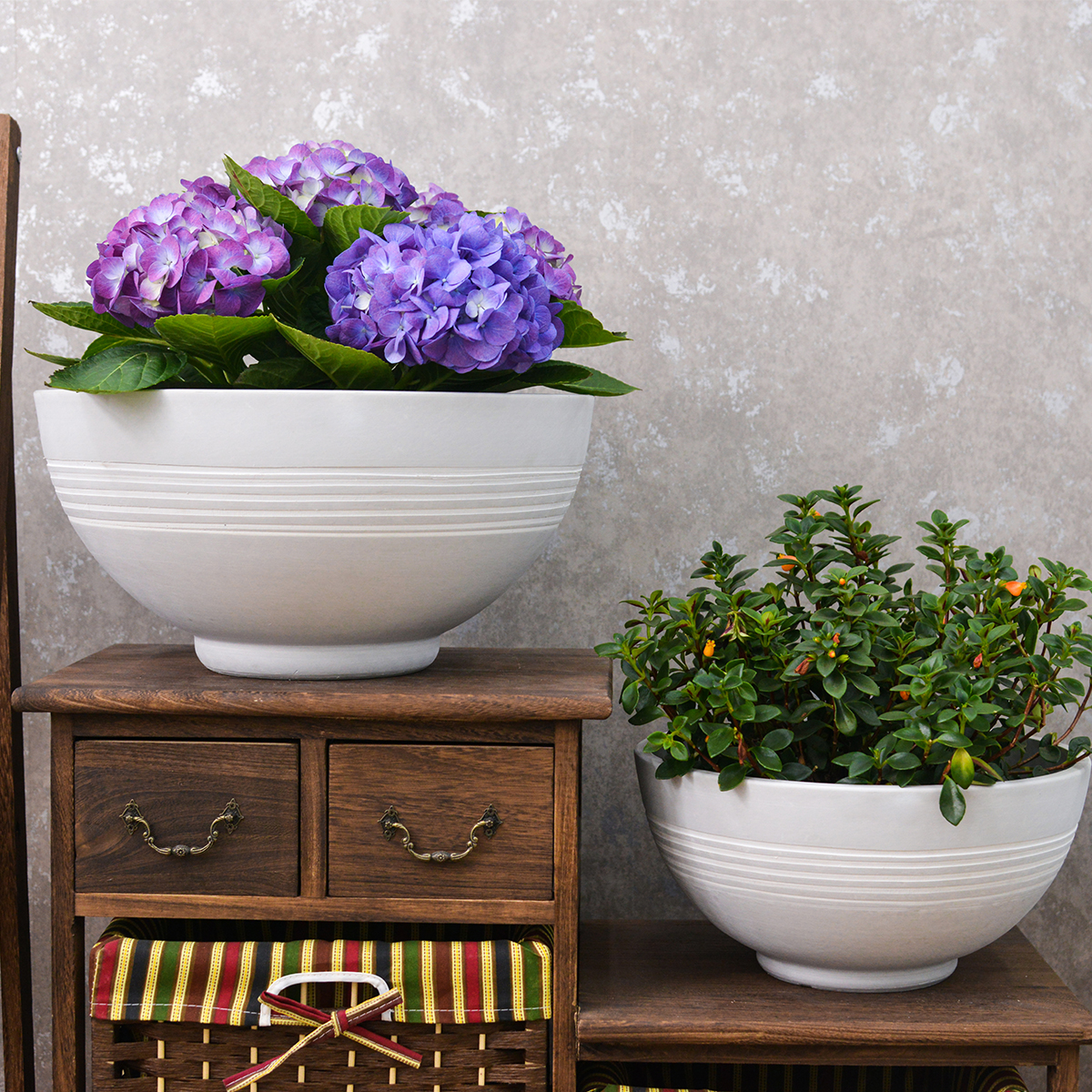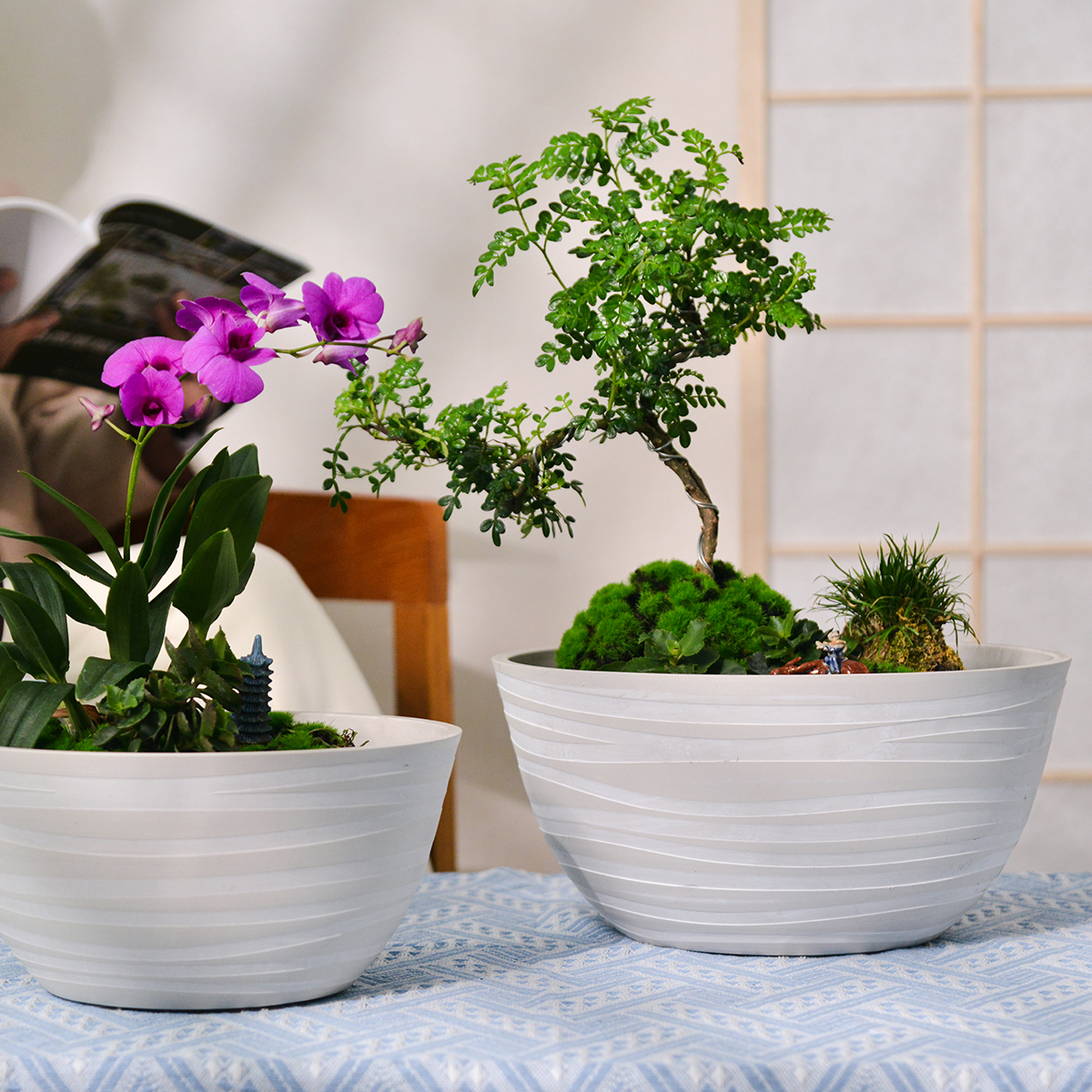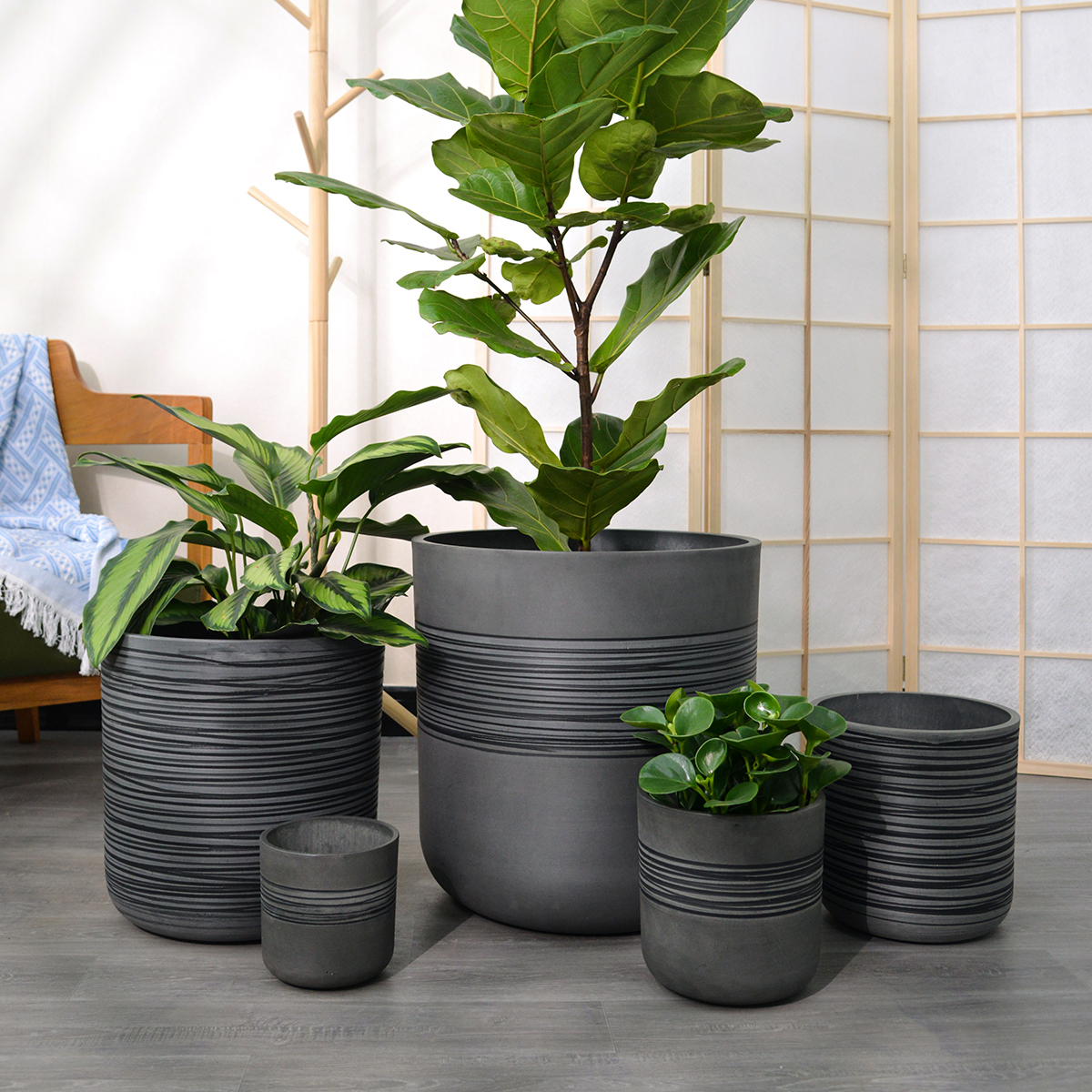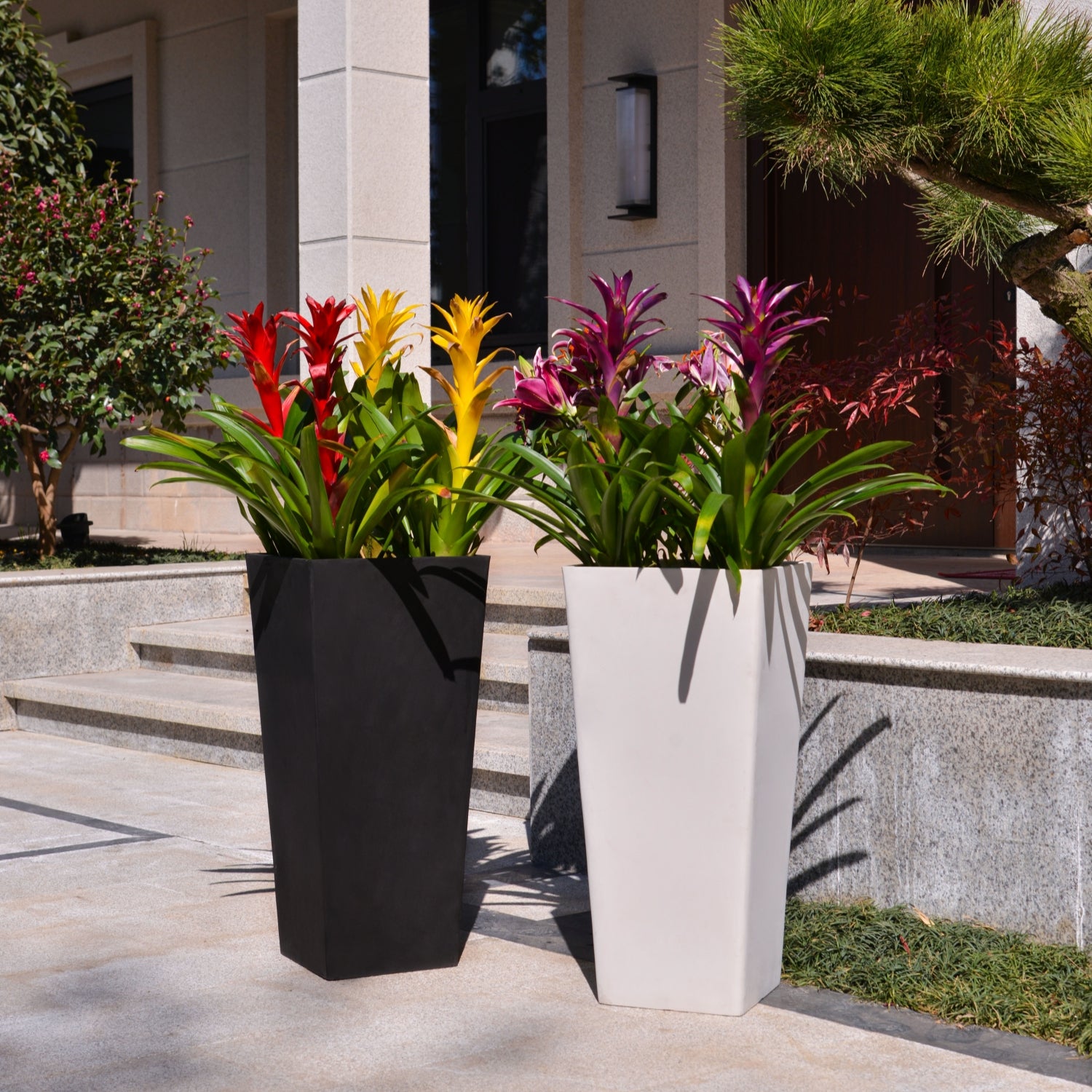Does Purslane Need Special Pruning or Management When Grown?
While purslane (Portulaca oleracea) is often left to its own devices, especially when it appears as a volunteer in the garden, there are some pruning and management techniques that can be employed, particularly if you are cultivating it intentionally. Here’s what you should know about caring for purslane and whether it requires any special attention.
Pruning Purslane: More for Control Than Necessity
Generally, purslane does not require regular pruning to thrive. It naturally grows low to the ground and spreads. However, pruning can be beneficial in certain situations:
- Managing Spread: If you find your purslane spreading more than you desire, you can trim it back. Plant Addicts suggests trimming the plant stems by about 2 inches if it becomes overgrown to prevent it from taking over garden areas.
- Encouraging Bushier Growth: Similar to many other plants, occasional trimming or pruning can encourage a bushier, more compact growth habit. Plantora mentions that frequent pruning can promote this.
- Prolonging Blooming: If you are growing a type of purslane that flowers (like some of the ornamental varieties), pinching off the spent blooms can encourage the plant to continue flowering throughout the season.
General Management Tips for Purslane:
Even though purslane doesn’t demand extensive management, here are a few things to keep in mind:
- Weed Control (If You Consider It a Weed): If purslane pops up where you don’t want it, the easiest way to manage it is to simply pull it up, especially when it’s young. Be sure to do this before it goes to seed to prevent further spread. According to Preen, removing plants before they flower is key to control.
- Watering: While purslane is drought-tolerant and can withstand periods of dryness, if you are growing it for culinary purposes, regular watering can result in more palatable leaves. Wisconsin Horticulture notes that moisture-stressed leaves are not as tasty.
- Soil: Purslane is adaptable to various soil types but tends to prefer well-drained soil. Ensuring good drainage is generally a good practice for most plants.
- Fertilizing: Purslane typically does not require fertilization. It can grow in nutrient-poor soils.
In Summary:
Special pruning is not a necessity for growing purslane, but it can be used as a tool to manage its spread, encourage bushier growth, and prolong flowering in some varieties. Basic management involves keeping an eye on its growth and removing it from areas where it is not wanted, ideally before it sets seed. For culinary purposes, consistent watering can improve the quality of the leaves.
Plant Pots 6 inch 8 inch 10 inch for Indoor Plants, Set of 3 Modern Decorative Planter ts with Drainage Hole, Decorative Flower Pots
By greenship-seo|2025-04-10T06:39:28+00:00January 14, 2025|Categories: Hand-carving Series|Tags: Decorative Flower Pots|
Planter 6 in W / 8 in W / 12 in W Indoor or Outdoor Plants, Modern Decorative Plant Pots with Drainage Hole, Decorative Flower Pots
By greenship-seo|2025-02-06T13:43:53+00:00January 16, 2025|Categories: Hand-carving Series|Tags: Decorative Flower Pots|
KC3-09k
By greenship|2024-08-16T06:24:36+00:00August 16, 2024|Categories: Hand-carving Series|
20VD
By greenship|2024-08-13T06:43:41+00:00August 13, 2024|Categories: Hand-carving Series|
k2-21G
By greenship|2024-08-13T06:17:26+00:00August 13, 2024|Categories: Hand-carving Series|
GreenShip 27inch Tall Planters for Porch, Large Outdoor Planter Pots with Drainage Hole
By greenship-seo|2025-04-10T06:27:21+00:00April 7, 2025|Categories: Hand-carving Series|Tags: Decorative Flower Pots|








